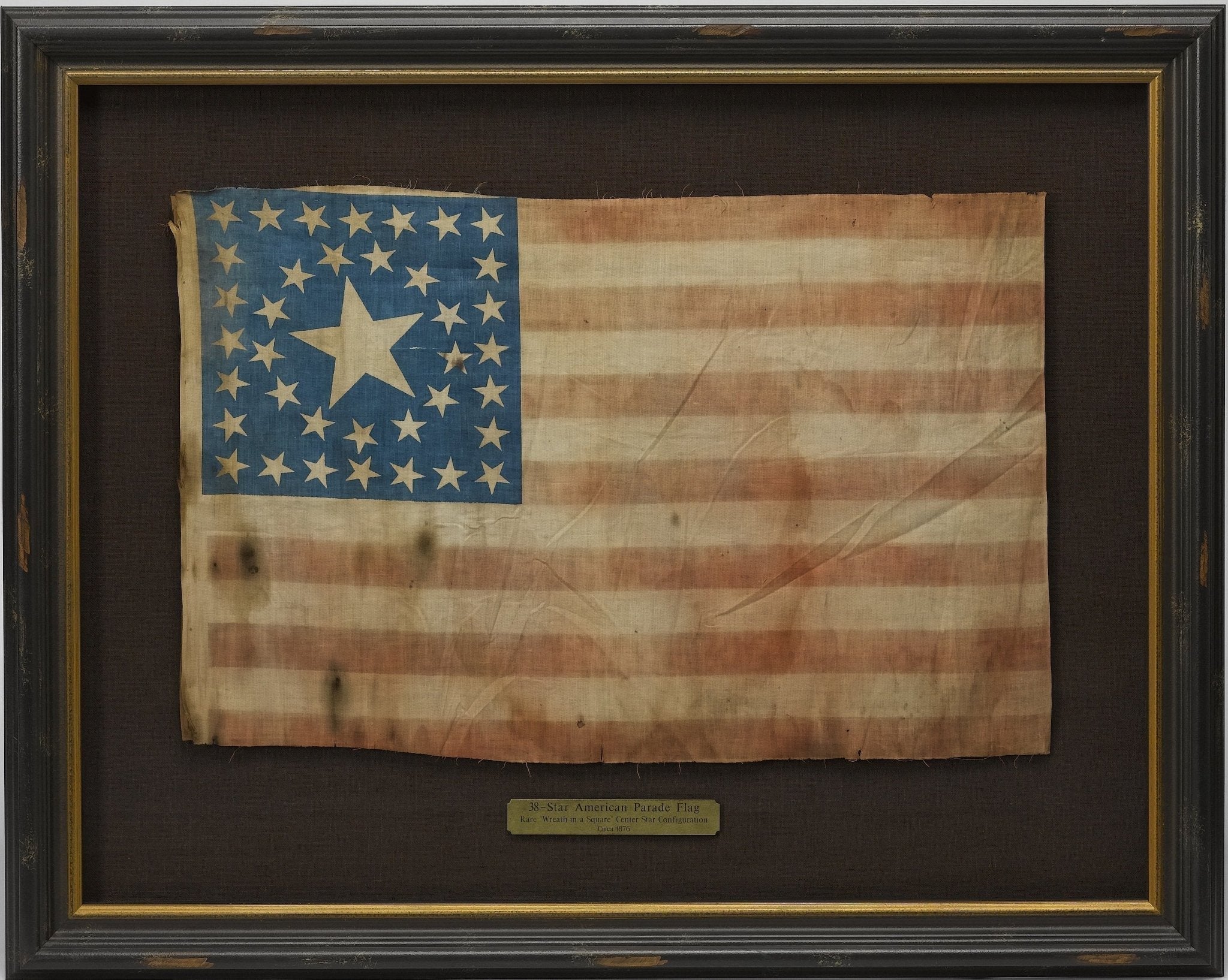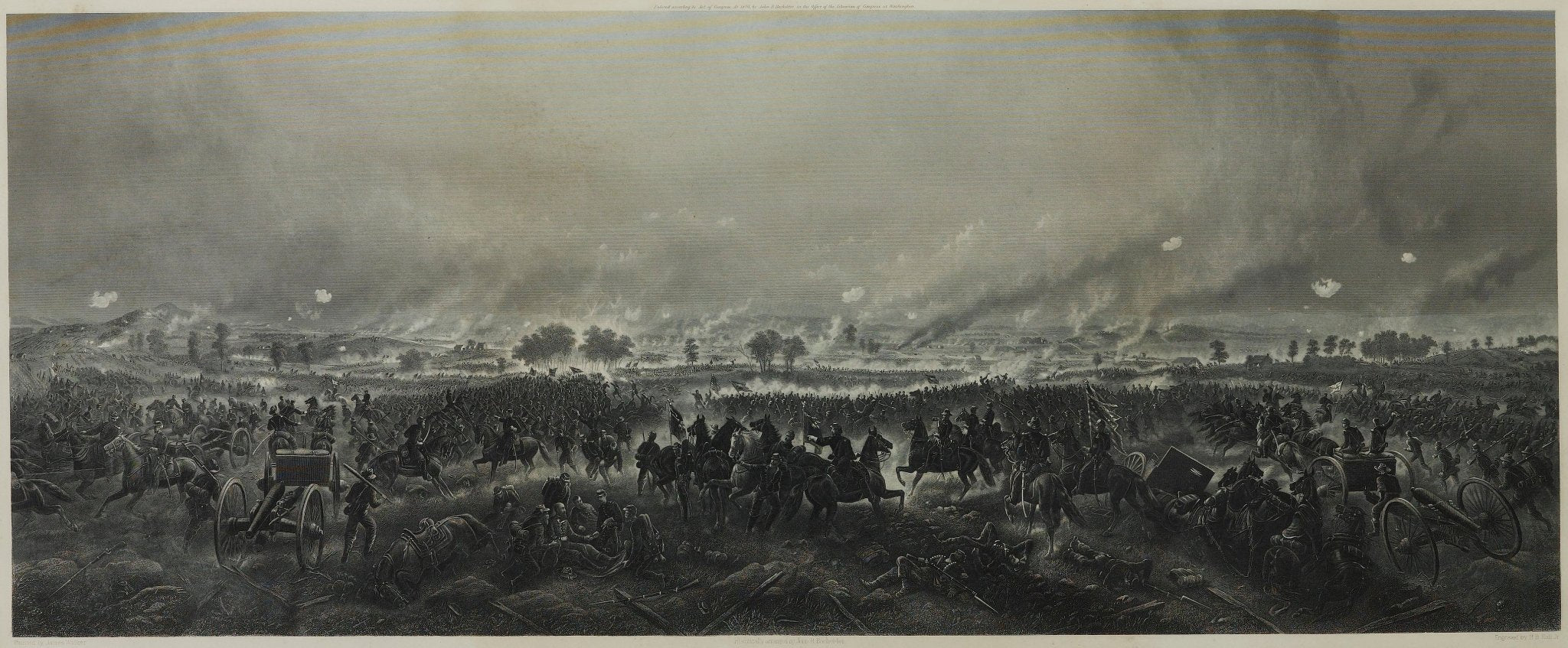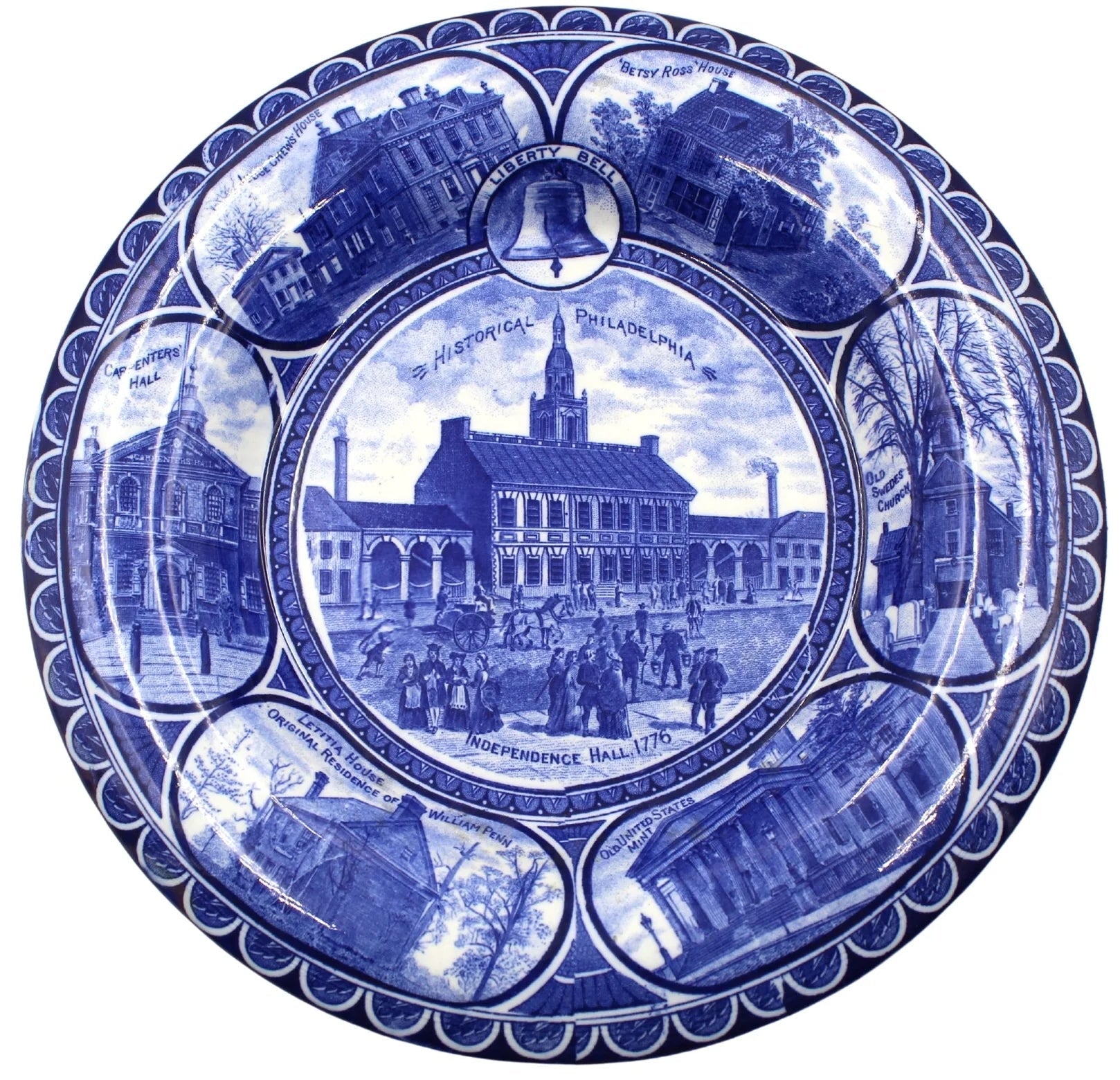October's Odd Antiques
A slightly macabre little collection of new arrivals, these small pieces are a fascinating glimpse into a large part of cultural history.

Introduced to Britain in 1843, gutta-percha is a relatively modern material that had a variety of uses throughout the 19th-century. Seen here in a decorative use, this material was a natural form of plastic that could also be applied in many different industrial situations.
Gutta-percha comes from the sap of the Malayan Gutta tree, and is created through a process somewhat similar to the vulcanization of rubber. Unlike rubber, gutta-percha solidified into a stable, solid, product that could insulate and withstand everyday wear. During its time, gutta-percha was the only insulator that was able to hold up well enough to be used in the Great Transatlantic Cable. For many years, layers upon layers of gutta-percha protected the international telegraph cable from corrosion until modern synthetic replacements were found. Amongst industrial applications, this material was also used in the mass production of golf balls and mourning mementos.

Mourning mementos were a widespread practice across Victorian Europe, further invigorated by Queen Victoria’s period of mourning in the 19th-century. Gutta-percha quickly became a preferred material to create many intricate pieces of mourning jewelry, photo frames, and other decorative objects as it was easier to form and manufacture than obsidian or jet. This gutta-percha snuff box, complete with a hand-drawn portrait of a woman gazing at a mourning dove, came to us with a lock of hair inside. An incredibly common practice of the time was to keep a lock of the deceased’s hair as a memento of their loved one, as many people would not have a photo or other tangible memory to keep with them. The history of keeping a lock of hair dates back even further, with documentation of knights in the Middle Ages being gifted locks of hair as a sentiment of good luck or well wishes. Perhaps indicating a sentiment of mourning, or possibly just a token of affection; this lovely box has been tidied up to store any of your modern trinkets with an antique touch!

First introduced in the 16th-century, miniature portraits created with wax were popular throughout the 19th-century due to their relative availability to the masses. These miniature busts were an ideal product for many artists, as they were far easier to produce than any bronze sculpture and were much more forgiving in their technique. A similar, much more directly macabre, practice of creating life-sized effigies and “death masks” of wax evolved throughout the same period, as Europeans tried to navigate their relationship with death. Both of these forms of wax art died out during the advent of the photograph, as the depth and quality of the image produced far surpassed any miniature wax portraiture.
In addition to their portable size, the miniature portraits were easily casted for mass production. Frequently made in multiples for family members or mass audiences in cases of celebrity figures, Europe was once rife with wax portraits. It is amazing that this piece has lasted so many years, as the nature of wax as a medium is quite volatile. This piece is presumably a likeness of Horatio Nelson (1758-1805), a Napoleonic-era British naval captain. Lord Nelson is still regarded as one of the greatest naval commanders in all history, and it would make total sense for this piece to be created in honor of his legacy during the beginning of the 19th-century. This wax portrait will go on to continue that legacy, as we will be creating a custom collage of his portrait and signature.

These new arrivals are sure to spark a conversation, and I love that we got them in just in time for the spooky season. Be sure to keep an eye on our new arrivals for the upcoming Horatio Nelson collage, I cannot wait to get that in the shop!
https://www.pbs.org/wgbh/americanexperience/features/cable-gutta-percha/
https://www.salondecire.com/post/a-brief-history-of-miniature-portraiture-in-wax
https://www.westminster-abbey.org/abbey-commemorations/commemorations/horatio-viscount-nelson/
https://ihrhistorylab.wordpress.com/2021/11/24/the-women-wax-portrait-modellers-that-history-forgot/
https://artofmourning.com/symbolism-sunday-dove/






